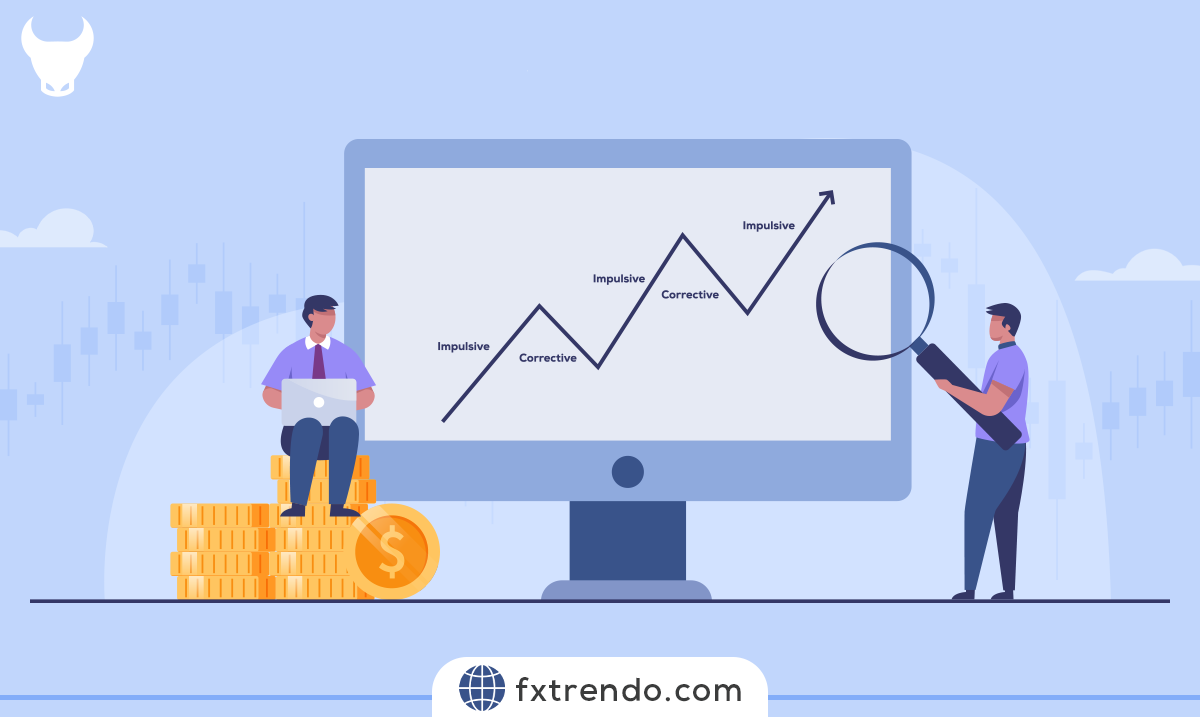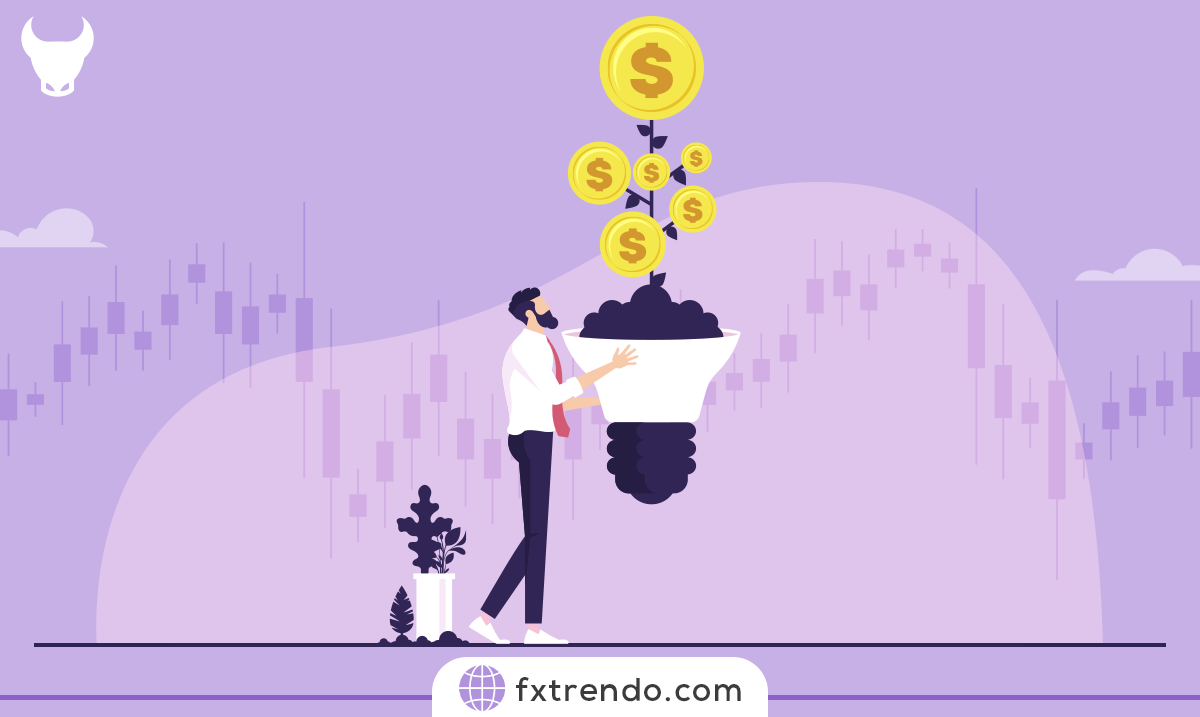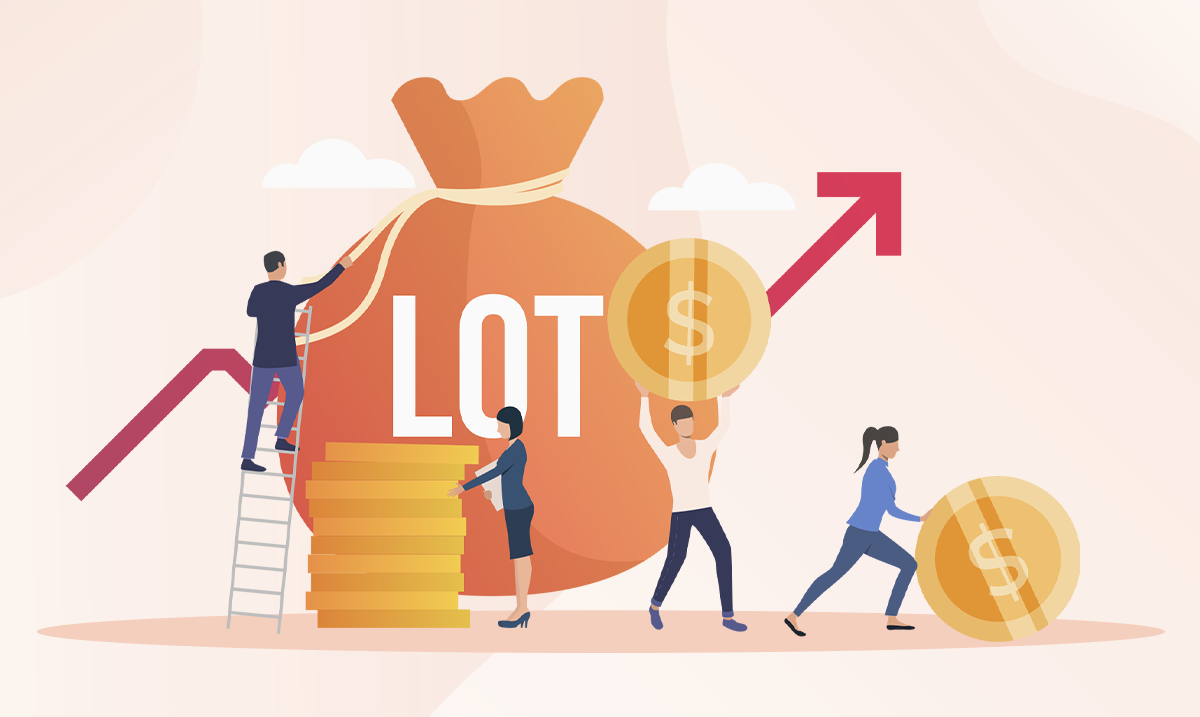The Federal Reserve interest rates effect on Forex trading


The forex market is known as the countries' currency exchange market. The valuation of a country's currency depends more on the central bank's economic policies. The interest rate is the central bank's most important tool to control the economy's stability. Because the US dollar is the most important and most traded currency in Forex, we will review the US interest rate in this article.
Contents
What Is The Federal Reserve Interest Rate?
The federal interest rate (FFR) is the rate that banks and other investment institutions lend savings to each other or companies and individuals. Because banks are legally required to hold a minimum amount of money in their reserves, banks with excess reserves often lend to banks that cannot meet those reserve requirements. The Federal Reserve, the central bank of the United States, sets the interest rate target range as a tool for conducting monetary policy aimed at controlling inflation, maximizing employment, and promoting sustainable economic growth. As the Federal Reserve's primary tool, interest rates have far-reaching implications for the economy, affecting borrowing expenses, consumer spending, inflation, and investment. The federal target interest rate is the rate at which banks are supposed to borrow from each other. However, the real federal interest rate can fluctuate above or below the target rate.
The Federal Reserve's Open Market Committee (FOMC) meets eight times a yearto assess the nation's economic conditions and determine an appropriate target range for interest rates. The FOMC evaluates several economic indicators, such as employment, inflation, and gross domestic product (GDP), to make data-driven decisions that promote sustainable economic growth and maintain a healthy labor market.
The Federal Reserve interest rate is currently 4.75% to 5%. After holding steady at zero percent for more than a year during the coronavirus pandemic, the rate has risen steadily since March 2022 as the Federal Reserve plans to combat rising inflation.


How Does The Federal Interest Rate Work?
The Federal Reserve uses the Open Market Function (FOMO) to adjust the supply of reserve balances in the banking system, thereby influencing the real interest rate to align with the target range. The Federal Reserve can buy or sell government securities (such as Treasury bonds) to increase or decrease the number of reserves held by banks, which affects interest rates.
- The Federal Reserve buys securities and injects more reserve balances into the banking system if it wants to lower interest rates. It does a kind of money injection, and the overall result is a decrease in the dollar's value due to the supply of liquidity.
- The Federal Reserve sells securities and removes the reserve balance from the banking system if it wants to raise the interest rate. It does not inject money in a way, and the overall result is an increase in the dollar's value due to a decrease in the supply of liquidity.
Why Is The Federal Reserve Interest Rate Important in Forex?
A federal interest rate is an important tool for the Federal Reserve to manage the economy. When the FOMC raises the federal interest rate, it becomes more expensive for small banks, businesses, and individuals to get a loan. It can help to slow down economic activity by making borrowing more expensive and making it harder for businesses to invest. And as businesses slow down, liquidity is pushed towards depositing in the bank with reasonable interest rates. As a result, liquidity in society decreases, and the dollar's value increases.
When the FOMC lowers the federal interest rate, it becomes cheaper for banks to borrow money. It can help stimulate economic activity by making borrowing more affordable and easier for businesses to invest in. And as businesses prosper, liquidity is diverted from low-interest bank deposits to businesses and society, resulting in liquidity at the level of community growth, and the dollar's value decreases.
The federal interest rate is also a significant criterion for other economic rates. For example, interest rates on credit cards, mortgages, and auto loans, are often tied to the federal interest rate. When the federal interest rate rises, other rates tend to rise as well, and when it falls, other rates tend to fall too.
Here is a summary of how the federal interest rate plays a significant role in the US economy:
Borrowing Expenses: The federal interest rate directly affects the borrowing expenses for banks, businesses, and consumers. Lower interest rates can stimulate borrowing, investment, and consumer spending, while higher rates may reduce economic activity by raising borrowing expenses.
Monetary Policy Transmission: Changes in interest rates affect other rates, such as mortgage rates, credit card rates, and bond yields. These effects are felt throughout the economy and change consumer and business behavior.
Inflation Control: The Federal Reserve uses interest rates to manage inflation and maintains price stability as one of its key objectives. The Federal Reserve can curb inflationary pressures by raising interest rates while lowering rates can help combat deflationary trends.
Currency Valuation: Interest rates can also affect the value of the US dollar against other currencies. Higher interest rates can attract foreign investment and strengthen the dollar, while lower rates may have the opposite effect.
How The Federal Reserve's Interest Rate Maximizes Employment
When the Federal Reserve lowers the rate range, it is called "expansionary monetary policy." Banks then offer lower interest rates on everything from credit card rates to student and car loans. Adjustable-rate mortgages become cheaper, which improves the housing market. Homeowners feel wealthier and spend more. They can also get mortgages easily and spend that money on home improvements and new cars. These measures stimulate the economy by increasing demand.
Employers should hire more workers and increase production if demand increases. It reduces unemployment, increases the ability of consumers to spend, and creates more demand. The Fed then sets a new target range to maintain healthy levels of unemployment and inflation. For example, the FOMC effectively lowered the federal interest rate target to zero in 2020 in an urgent response to the COVID-19 pandemic. This measure was an attempt to reduce the impact of the pandemic on employment and costs and prevent an economic crisis.
The result of the expansionary monetary policy is creating liquidity at the community level, which leads to economic prosperity and business development, but another result is the possibility of an increase in inflation. Further, we will discuss the policies of the Federal Reserve to control inflation.
How Does Federal Reserve Interest Rates Manage Inflation
When the Federal Reserve raises interest rates, it is known as "contractionary monetary policy" because it slows economic activity. The cost of loans will increase, and as a result, consumers and businesses will borrow less. Adjustable rate mortgages will get more expensive. Homebuyers may only be able to afford smaller loans, which slows down the housing industry. Housing prices fall, and homeowners have less equity in their homes. They may also have fewer expenses, further slowing the economy.
As a result of contractionary monetary policy, liquidity contraction is driven by the slowing down of businesses towards depositing in the bank with a reasonable interest rate, therefore, liquidity decreases at the community level, but another outcome is the possibility of reducing inflation.
The Federal Reserve Interest Rates Effect On Forex Trading
To prepare for the Fed's interest rate change decisions, traders should follow these two key steps:
Stay up to date with Federal Reserve news. The FOMC holds eight regular meetings a year, in which policies and interest rates are discussed and agreed upon. Also, the Federal Reserve's chairman gives a speech to clarify more of the Federal Reserve's policies and participates in a Q&A session. The best way to predict interest rates and buy or sell the US dollar is by following the Federal Reserve members' news and statements before these meetings.
Stay up to date with market news. Rest assured that it's not just you speculating on interest rates - ahead of Fed meetings and announcements, many forex traders will follow what's happening. Be wary of other people's predictions and be knowledgeable enough to have your own opinions and add your logic to that of others.
No method of predicting interest rate decisions can be completely accurate, and surprises can happen. It is always significant to protect your capital when trading in forex, so make sure you place a stop-loss order in advance to minimize your losses if the markets move against your analysis and stick to your trading plan. Trading during the interest rate determination session is riskier due to high fluctuations in a short time.
Article similaire
Le plus visité
0




















